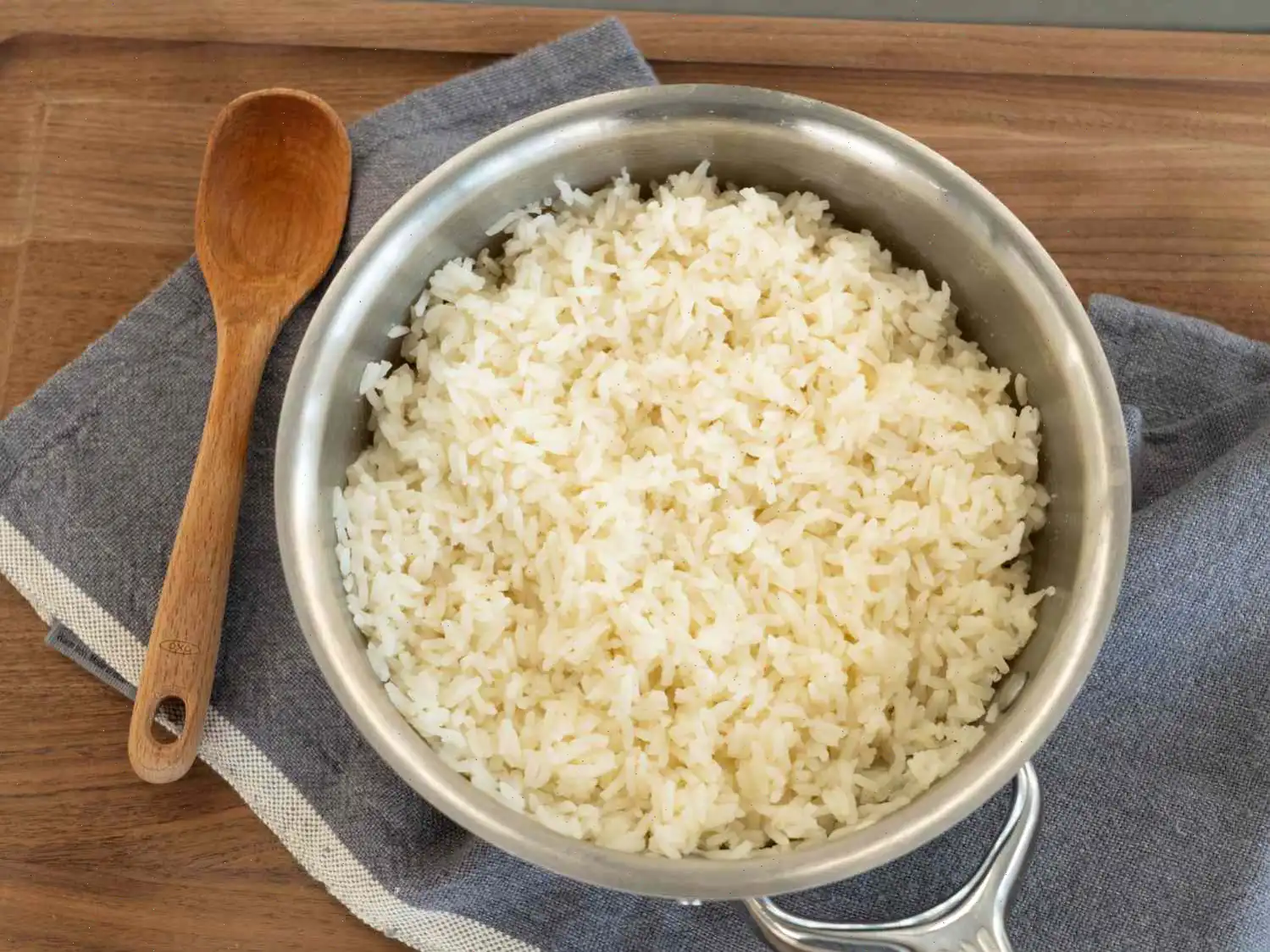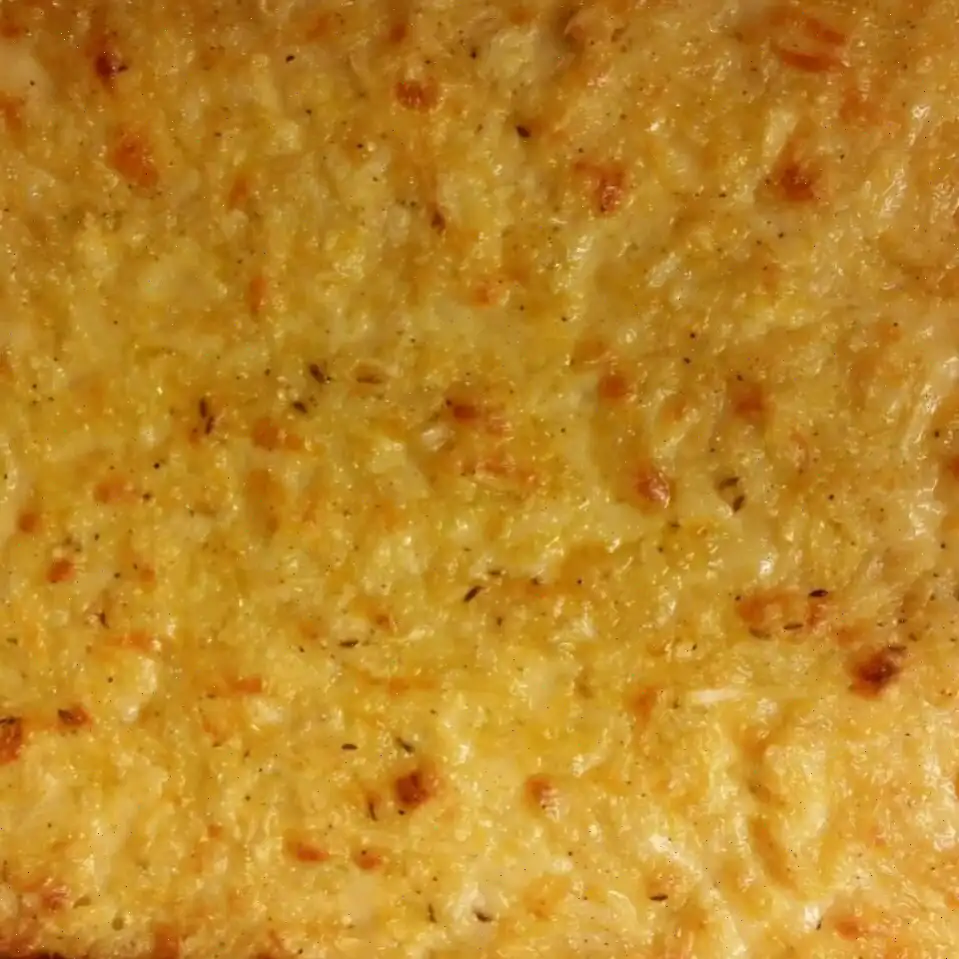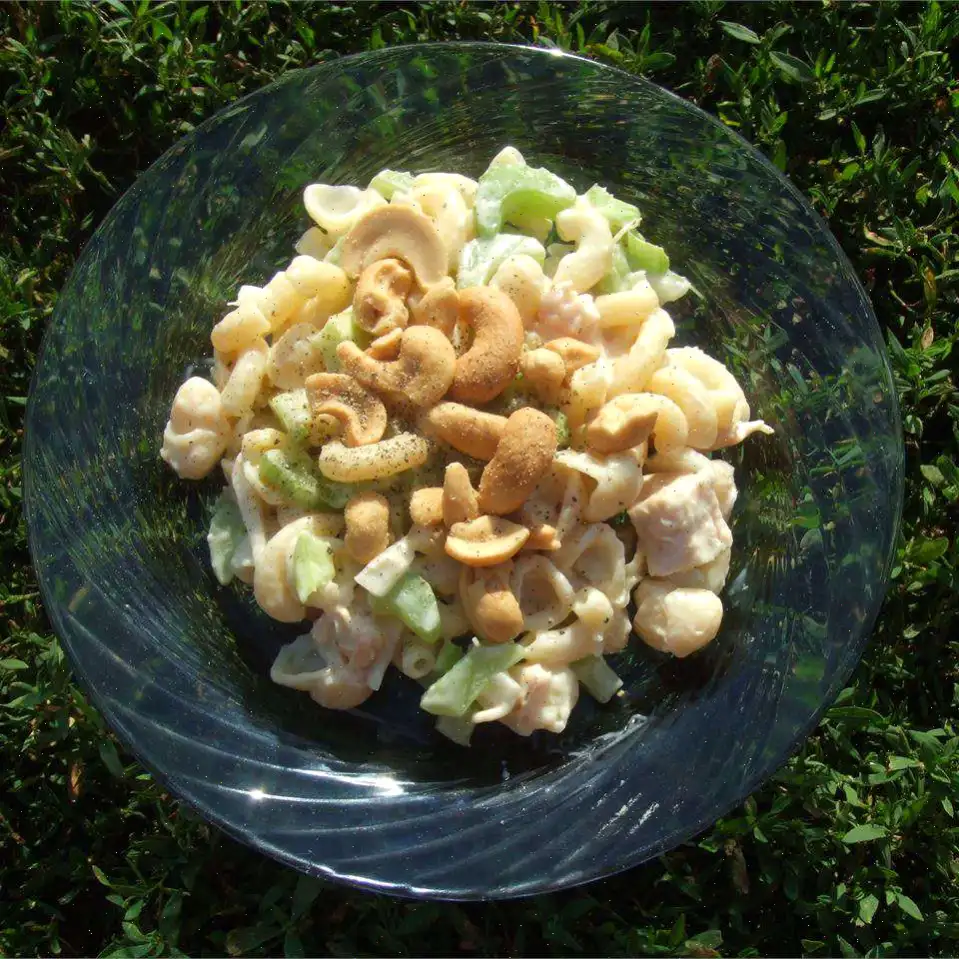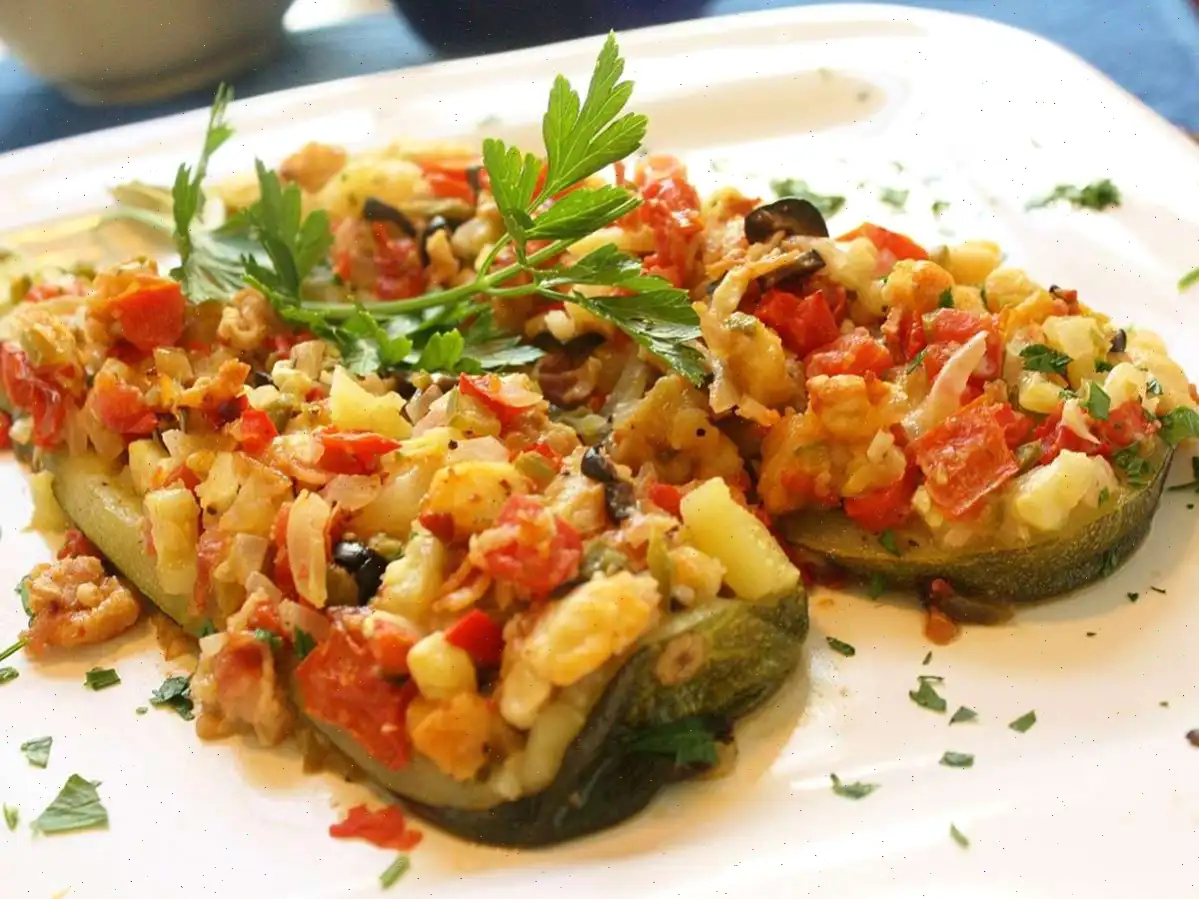
Tzimmes Recipe
Ingredients
This recipe was developed with its original yield. Ingredient amounts are automatically adjusted, but cooking times and steps remain unchanged. Please note that not all recipes scale perfectly.
- 1 tablespoon canola oil
- 1 pounds carrots, peeled and cut into -inch rounds
- cup seedless golden raisins
- cup freshly squeezed orange juice
- 1 tablespoons honey
- 1 tablespoons brown sugar
- Kosher salt and ground black pepper, to taste
- 2 tablespoons minced fresh parsley
Directions
Step 1: Heat the canola oil in a large pan over medium-high heat.
Step 2: Add the carrots, raisins, orange juice, honey, brown sugar, salt, and pepper to the pan. Bring the mixture to a boil.
Step 3: Once boiling, reduce the heat to low, cover the pan, and simmer for about 25 minutes or until the carrots are tender.
Step 4: Uncover the pan and increase the heat to high. Cook for an additional 5 minutes, or until the sauce has thickened.
Step 5: Remove the pan from heat and sprinkle the minced parsley over the top before serving.
Nutrition Facts (per serving)
- Calories: 129
- Fat: 3g (3% DV)
- Saturated Fat: 0g (1% DV)
- Sodium: 148mg (6% DV)
- Total Carbohydrate: 27g (10% DV)
- Dietary Fiber: 4g (13% DV)
- Total Sugars: 19g
- Protein: 2g (3% DV)
- Vitamin C: 14mg (15% DV)
- Calcium: 48mg (4% DV)
- Iron: 1mg (3% DV)
- Potassium: 466mg (10% DV)
* Percent Daily Values are based on a 2,000 calorie diet. Your daily values may be higher or lower depending on your calorie needs.
** Nutrient information is not available for all ingredients. Amounts are based on available nutrient data.
If you are following a medically restrictive diet, please consult your doctor or registered dietitian before preparing this recipe for personal consumption.
The Rich Story Behind Tzimmes
Tzimmes is a traditional Jewish dish with deep historical roots that trace back to Eastern Europe, particularly among Ashkenazi communities. Originally, tzimmes was prepared for festive occasions, most notably Rosh Hashanah, the Jewish New Year, when sweet foods symbolize hope for a sweet and prosperous year. The name tzimmes is derived from the Yiddish word meaning a mixture or stirred dish, reflecting the method of combining various ingredients into a harmonious blend. Carrots, often the star ingredient, are thought to represent good fortune and blessings for the upcoming year.
Regional Variations and Distinctive Flavors
Across regions, tzimmes can vary considerably. In Poland and Lithuania, it may include dried fruits like prunes or apricots alongside carrots and sweet potatoes, creating a richer, more robust sweetness. In the United States, modern adaptations often incorporate orange juice, honey, or brown sugar to enhance the natural sweetness of the vegetables. Some regions prefer a chunkier style with larger pieces of root vegetables, while others favor a smoother, more stew-like consistency. These variations highlight local produce availability and personal family traditions, making every tzimmes recipe uniquely tied to its origin.
How Tzimmes Differs from Similar Dishes
While tzimmes may resemble other sweet vegetable dishes like candied carrots or glazed root vegetables, it distinguishes itself by combining multiple root vegetables and fruits with a subtle balance of sweetness and seasoning. Unlike a simple candied carrot dish, tzimmes often features a medley of flavors, including raisins, honey, and citrus, creating layers of complexity. Its cooking methodslow simmering followed by a brief reductionproduces a thick, flavorful sauce that coats the vegetables rather than a uniform sugary glaze.
Where Tzimmes is Typically Served
Tzimmes is traditionally served as a side dish during Jewish holidays, especially Rosh Hashanah and Passover, but it also appears at Shabbat dinners and other celebratory feasts. Its sweet and savory balance pairs well with roasted meats, poultry, or fish, providing a comforting contrast to savory main courses. In contemporary kitchens, tzimmes has expanded beyond holiday tables and is sometimes enjoyed as a wholesome side for weeknight dinners, often garnished with fresh herbs for added color and aroma.
Interesting Facts About Tzimmes
- The dishs sweetness was historically a way to make preserved root vegetables more palatable during long winters.
- Tzimmes recipes are highly adaptable; some families include meat such as beef brisket, creating a heartier, festive version.
- The symbolism of carrots and other sweet ingredients aligns with Jewish traditions of expressing hopes for prosperity, happiness, and health in the coming year.
- In Yiddish culture, making a tzimmes has evolved into an idiomatic expression meaning to create a big fuss or a complex situation, inspired by the layered nature of the dish.
Overall, tzimmes is more than just a vegetable dish; it is a culinary tradition that carries both cultural significance and seasonal joy, blending simplicity with the rich heritage of Jewish cooking.
FAQ about Tzimmes Recipe
Comments
LilacChip2251
04/22/2025 07:19:06 PM
Loved it so VERY much, I have made it 3 weeks in a row. Easy - few ingredients - and only takes a few minutes - What's not to love
Laura Lennox
03/15/2024 05:39:07 PM
I doubled the recipe to 2x and made it 2 different times. everyone who ate it loved it. I used chopped dried dates in place of raisins.
Larry Robinson
02/23/2024 05:42:26 PM
Made it last night — everyone raved.
Allrecipes Member
12/30/2020 09:58:51 PM
I added a little Grand Marnier
lutzflcat
10/28/2017 07:42:38 PM
These were pretty good, but a bit on the sweet side for us (personal taste preference). To me, except for the addition of the golden raisins, they're very similar to basic candied carrots.








